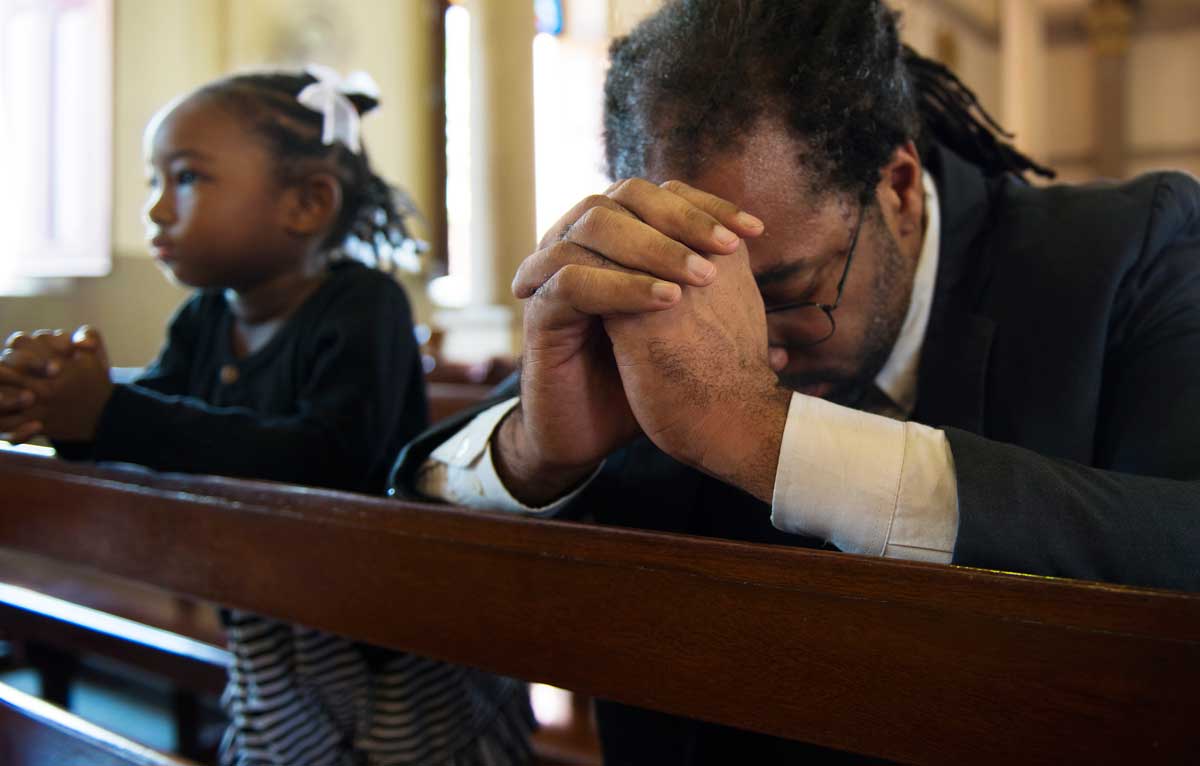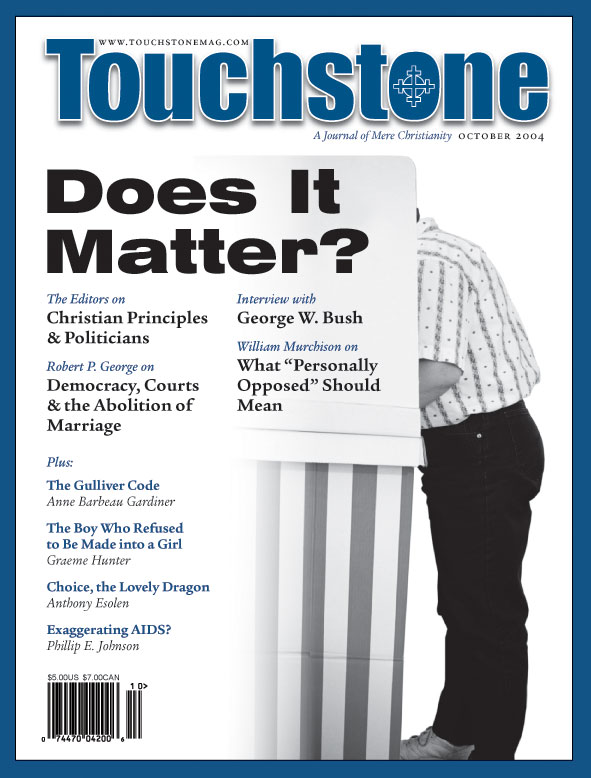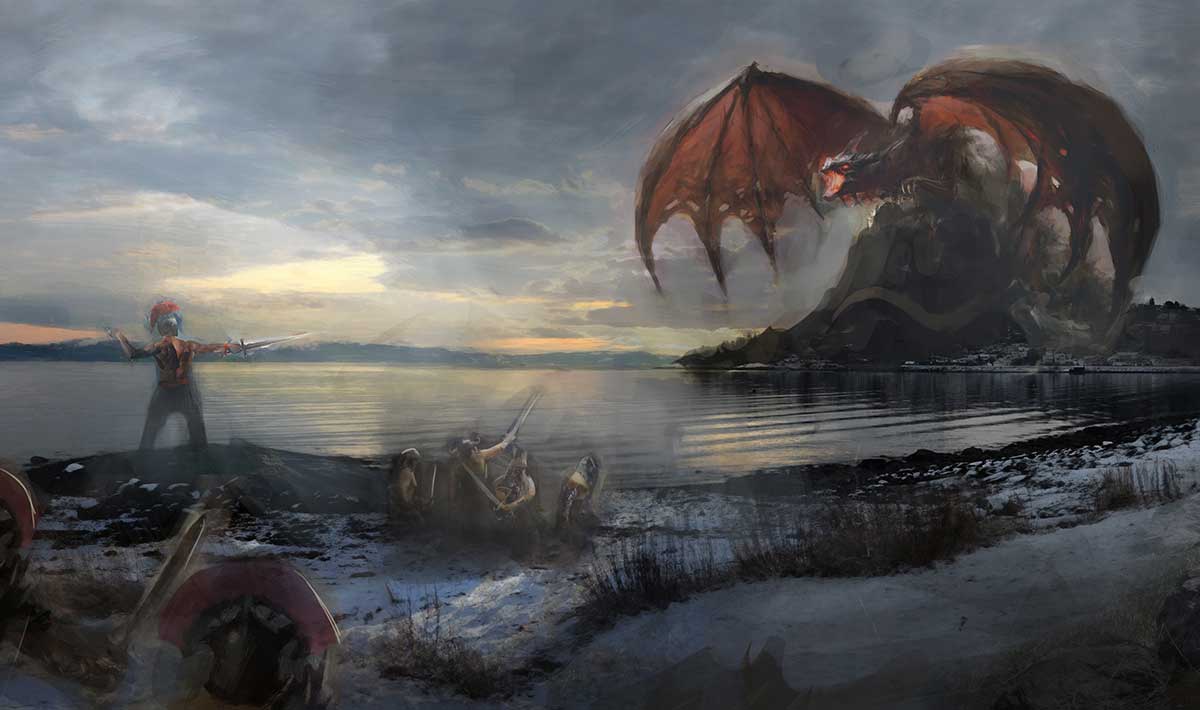View
Jump Into Bed-Time Stories
Sharon Dever on the New Young-Adult Literature
“Eighteen,” the girl crooned.
“I thought you said you were a junior?”
“So I flunked.”
Wet kisses and lots of heavy breathing followed. Except for Fran’s heavy breathing, the car was silent.
“Have you done this before?” Coach Sager muttered.
“Yeah, this afternoon.”
“With who?”
“Some jerk on your team.”
. . . Clothes rustled and stretched through the car’s speakers. Zippers slowly pulled down. This was soo bitchin’!
“Let me do that.” The girl sighed. “Oh, that’s nice. Oh, I like that.”
“Ain’t I great?”
“I’ve heard you’re the best.” The girl groaned. “Ahhh.”
Years ago, when my daughter’s reading level had passed the Pippi Longstocking level and she was reading fast enough that I couldn’t pre-read her books, I simply started censoring—yes, I’m happy with that word—any book published after 1960, and glancing through the rest to weed out offensive racial portrayals (a not uncommon failing of earlier children’s books). About a year ago, when she decided she was bored with children’s books, I moved her right past the “Young Adult” shelf to books written for adults, and have helped her choose wisely.
A frequent criticism of homeschoolers is that we are sheltering our kids. And the longer we homeschool, the truer I realize that criticism is. I’ve sheltered my daughter from as much corporate intrusion into her childhood as possible—no TV (even PBS runs commercials aimed at kids), no “books” written by Disney or General Mills or tying in to the latest movie or TV show, no captive viewing of Channel 1 or “food court” school cafeterias featuring national fast food chains. Now I find myself sheltering her from a culture that insists the most appropriate reading material for her level is Anxiety Lit or soft-core Adult—in the euphemistic sense of the word—novels.
Soul-Crushing Realism
This development is not going unnoticed. In a recent article for the New York Times titled “Summer Reading List Blues,” Barbara Feinberg laments the displacement of the magical and adventurous in juvenile fiction by grittily realistic “problem novels” in which adolescents are plunged into soul-crushing situations. This is a world where rape, lynching, parental abandonment, alcoholism, drug abuse, and suicide are part of the reality pre-teens must find a way to cope with.
Feinberg observes that, unlike the teen soft-core, these are not “trash” novels but award-winning children’s books, often required reading in schools. Many of my Gen-X peers who entered school in the 1970s with difficult family situations (divorce, parental death) will recall being given books dealing with such themes as a form of well-meaning, teacher-imposed bibliotherapy. Today, every student is expected to be confronted with, and learn to cope with, far worse. Even many elementary-age books feature distressingly vivid depictions of slavery, lynching, and World War II atrocities.
As Feinberg notes, this practice began in the 1960s. What is new about it is the decreasing age for which such material is deemed appropriate, and the advent of the Young Adult genre of books. Once books that drew young readers into the sordid underbelly of life were standard fare, why shouldn’t these same readers experience violent and sexual situations as entertainment? In the 1970s we snickered and blushed over hidden copies of Judy Blume’s groundbreaking Forever, which explicitly described a teenage girl’s first sexual encounter. Forever was a natural development from Blume’s books about adolescents dealing with school cliques, divorce, and a girl’s first period.
If books meant to prepare children for real life had been winning awards for years, what reason could enlightened parents have for objecting to a book about a child’s first sexual experience? The bibliotherapeutic rationale for putting such books in the hands of children collapsed into the simplistic truism that one can’t shelter children from such things, and today the children’s section of your local chain bookstore makes Blume’s groundbreaking adolescent pornography look quaintly Victorian.
Not all of us have acquiesced to the notion that one can’t (mustn’t) shelter children from such things. Call me paternalistic, puritanical, and controlling, but the day I had to take a Christopher Pike novel out of my daughter’s seven-year-old hands and replace it with a collection of J. Frank Dobie nature essays on rattlesnakes (delightful essays, not written specifically for children, which she loved) was the day I decided that the “Children’s Section” of the library and bookstore was not going to be a helpful category anymore.
Pike is a popular children’s writer who presents young readers with such edifying scenes as the one at the beginning of this article, taken from his book Chain Letter. One does not have to search long and hard through Pike’s works to find similar material, because sex, death, and drug use are the whole point of his books, as the sex scenes are the whole point of Forever.
And one certainly does not have to search hard for his books: There they are, with hundreds of similarly raunchy works and hundreds of realistic problem novels, next to Beverly Cleary and Madeleine L’Engle, a few feet away from Amelia Bedelia and Curious George. The arrangement of shelves is clear. When your child has outgrown the little kids’ books, it’s time for his introduction to the harsh and seamy side of life.
The Puzzling Aspect
Which brings up the most puzzling aspect of the entire mushrooming business of Young Adult literature. If a child is old enough to be reading about drug abuse, parental alcoholism, and violence, isn’t he old enough to be reading books for grown-ups? Is there really a need to extend juvenility by the creation of a genre called “Young Adult Fiction”? What is wrong with moving straight from L’Engle, L. Frank Baum, and George MacDonald to the “problem novels” of Twain, Homer, Dickens, Gogol, Shakespeare, Cooper, Sophocles, Tolstoy, Hawthorne?
The ribald genius of Chaucer, Boccaccio, Aristophanes, and Rabelais waits
for the college years, but books about “hooking up” and sexual
abuse are to be put in the hands of adolescents? What is the point of extending
childhood,
and then polluting it?
Barbara Feinberg’s article appeared in the July
18th issue of the New
York Times.
Sharon Dever is a homeschooling mother of two living in Austin, Texas.
subscription options
Order
Print/Online Subscription

Get six issues (one year) of Touchstone PLUS full online access including pdf downloads for only $39.95. That's only $3.34 per month!
Order
Online Only
Subscription

Get a one-year full-access subscription to the Touchstone online archives for only $19.95. That's only $1.66 per month!
bulk subscriptions
Order Touchstone subscriptions in bulk and save $10 per sub! Each subscription includes 6 issues of Touchstone plus full online access to touchstonemag.com—including archives, videos, and pdf downloads of recent issues for only $29.95 each! Great for churches or study groups.
Transactions will be processed on a secure server.
more from the online archives

14.1—January/February 2001
The Christian Heart of Fatherhood
The Place of Marriage, Authority & Service in the Recovery of Fatherhood by John M. Haas

27.3—May/June 2014
Religious Freedom & Why It Matters
Working in the Spirit of John Leland by Robert P. George
calling all readers
Please Donate
"There are magazines worth reading but few worth saving . . . Touchstone is just such a magazine."
—Alice von Hildebrand
"Here we do not concede one square millimeter of territory to falsehood, folly, contemporary sentimentality, or fashion. We speak the truth, and let God be our judge. . . . Touchstone is the one committedly Christian conservative journal."
—Anthony Esolen, Touchstone senior editor







